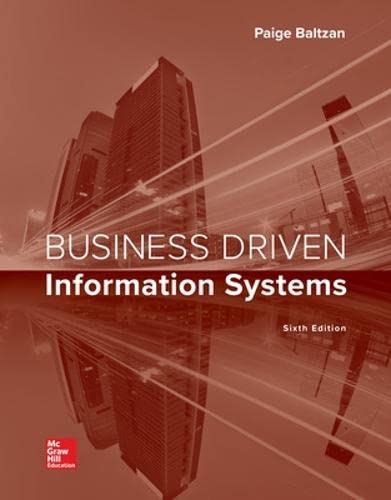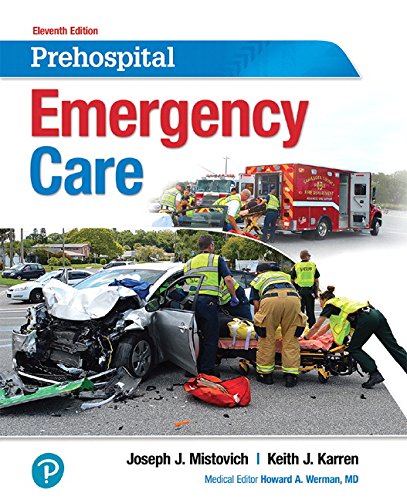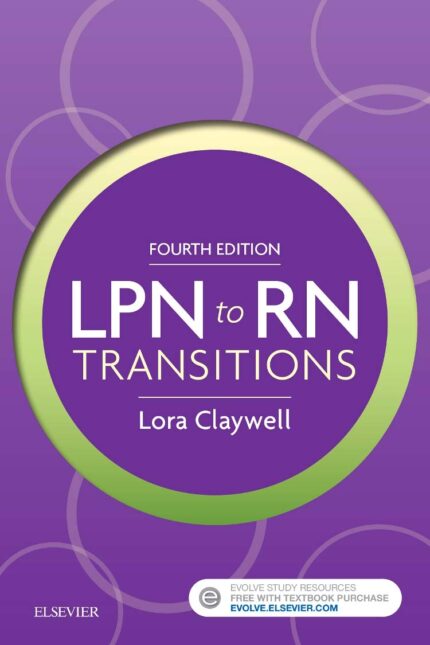Solution Manual for Understanding Hospital Coding and Billing A Worktext 3rd Edition by Diamond
INTRODUCTION
The worktext format of Understanding Hospital Coding and Billing is designed to facilitate active learning
in the classroom. Space has been provided in the text for taking notes and writing answers, so users can
keep the necessary information all in one place. The Instructor’s Manual to Accompany Understanding
Hospital Coding and Billing is an invaluable companion to the textbook. It is designed to “fill in the blanks”
of the textbook, so instructors can provide immediate in-class feedback and direction for the many textbook
exercises. Answer keys and rationales are provided for each chapter as well as for the case studies that
appear in Appendices III and IV of the text that are designed for use with the Uniform Billing (UB)-04
(Centers for Medicare and Medicaid Services [CMS]-1450) claim form. Also included are lesson plans,
additional activities for each chapter, and sample syllabi. The lesson plans and syllabi include additional
time necessary if International Classification of Diseases, 10th edition (ICD-10) and/or ICD-10-Procedure
Coding System (PCS) are to be incorporated in the studies, or, if only ICD-9-Clinical Modification (CM) or
ICD-10-CM/PCS is to be covered.
General Guidelines for Using the Textbook
Chapters 1–4: Overview
This section introduces the student to the basics of facility coding and billing. This material should cover
whether the program will encompass both inpatient and outpatient coding, or inpatient and outpatient
billing, or all of these. Information regarding ICD-10-CM diagnostic coding as well as ICD-10-PCS
procedural coding is included if your program will encompass these concepts.
Chapters 5 and 6: Inpatient Process
This section covers the basics of inpatient billing and coding. Upon review of these chapters, the student
should be able to successfully code and bill for inpatient services. The case scenarios included in Appendix
III includes illustrative examples of inpatient billing and coding exercises for completion information as well
as exercises incorporating information on ICD-10-CM as well as ICD-10-PCS for the inpatient process.
Chapters 7 and 8: Outpatient Process
This section covers the basics of outpatient billing and coding. Upon review of these chapters, the student
should be capable of coding and billing for outpatient facility services. Appendix IV contains examples of
outpatient billing and coding for completion of claims information as well as case scenarios that incorporate
both ICD-10-CM diagnostic coding and ICD-10-PCS procedural coding.
Notes to the Instructor
1. It is important to cover lecture material prior to assigning the student classwork or homework
activities.
2. Basic exercises should be completed in the classroom environment—in groups, individually, or
with the instructor’s assistance. These exercises are intended to determine the student’s
comprehension of the material.
3. It is important to discuss new concepts, such as completion of the inpatient UB-04 (CMS-1450)
form. Additionally, one or two charts should be completed during class with time allotted for
discussion and step-by-step completion (using an overhead projector or other audiovisual
equipment to complete the form or chart). Allowing the student to complete the first exercises
without proper supervision and guidance creates confusion.
4. Initial homework assignments should be limited to one to three charts so the student can identify
areas of difficulty or those areas that may require additional explanation or discussion. The
completion of coding operative reports and UB-04 (CMS-1450) forms is quite complex and time
Introduction v
Current Procedural Terminology © 2014 American Medical Association. All Rights Reserved.
consuming. Allowing the student to complete a large number of these exercises without direction
may result in confusion and loss of confidence. Completing initial forms in class eliminates
questions and results in the successful completion of the entire process.
5. ICD-10 materials are contained in each chapter that pertains to changes that will be effective with
the implementation of ICD-10-CM and ICD-10-PCS as well as additional ICD-10 information in
the appendices. Whether you will be utilizing the text for ICD-9 or ICD-10 purposes, answer keys
are provided for both. In addition, the instructor should keep in mind that the exercises are actual
medical charts, and, as such, several of the ICD-10-PCS exercises do not contain sufficient
information to assign all ICD-10-PCS digits. The instructor should take this opportunity to
emphasize the increased documentation that will be necessary in ICD-10-PCS and have the student
identify the documentation that would be needed to assign all digits to the ICD-10-PCS codes. This
prepares the student for this process in medical practice.
6. Facility tools—it is important for the student to prepare for the actual job in the medical coding and
billing arena. As such, several of the additional activities and assignments mention research and
development of “tools” for the facility tools. These tools are meant to serve as reference materials
when the student begins work in the field. They will serve as an invaluable tool for the new coder
and demonstrate to a prospective employer the level of coding expertise the student has attained.
Encourage the student to develop these materials and begin accumulating them in a reference book
that will be easily accessible to him or her when he or she begins work.













